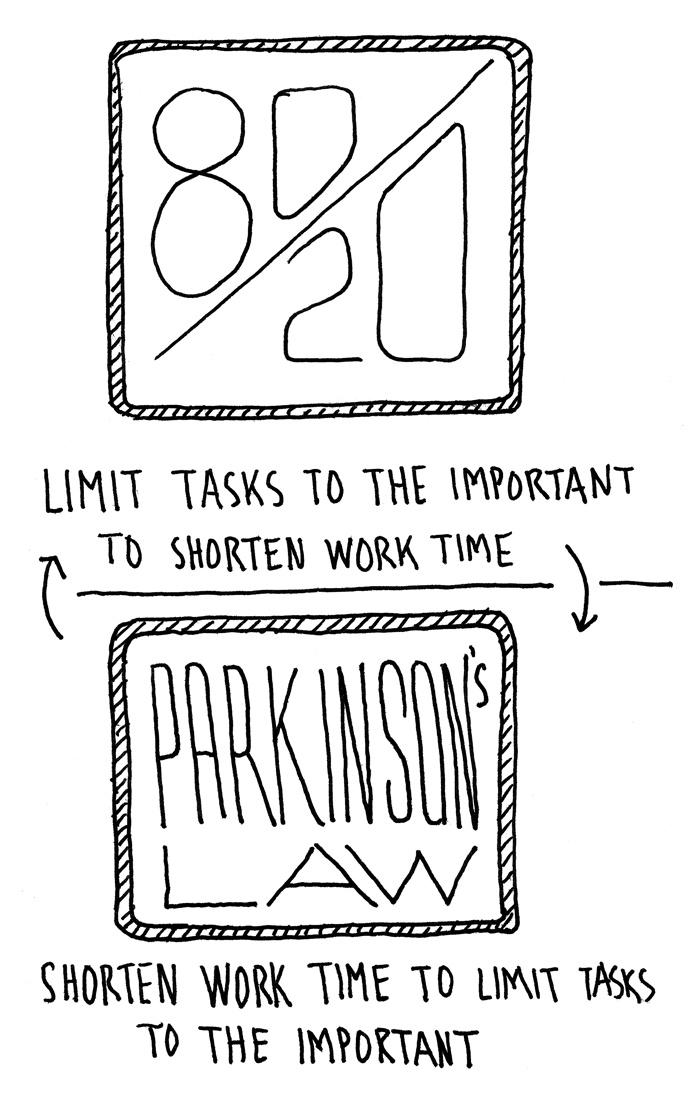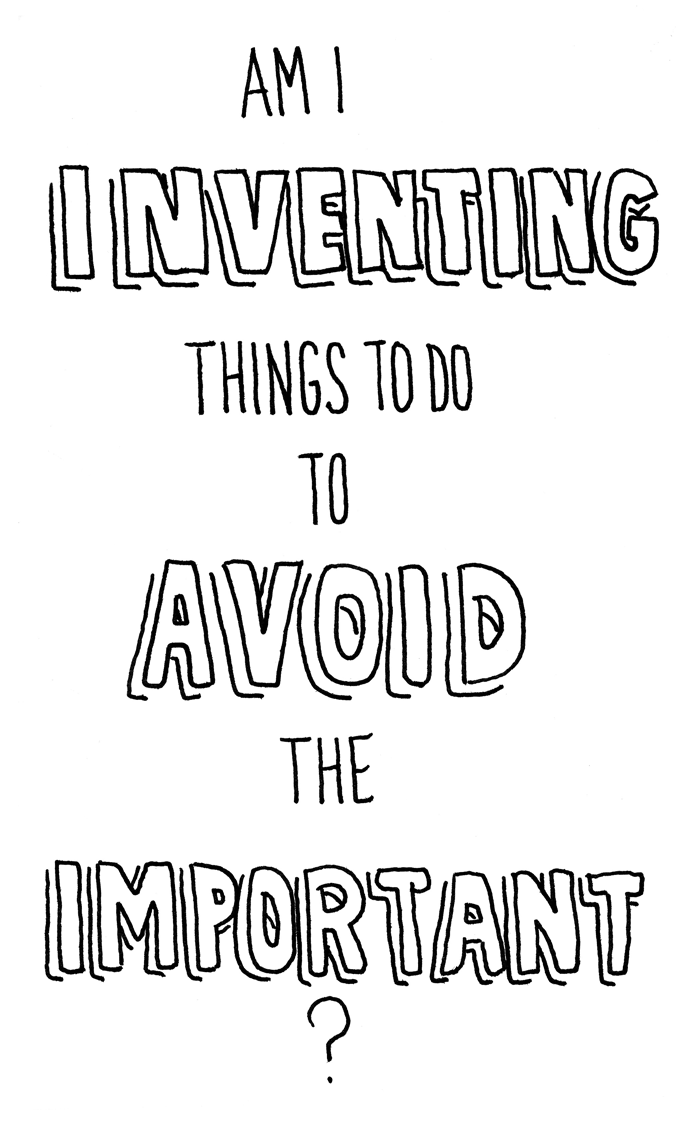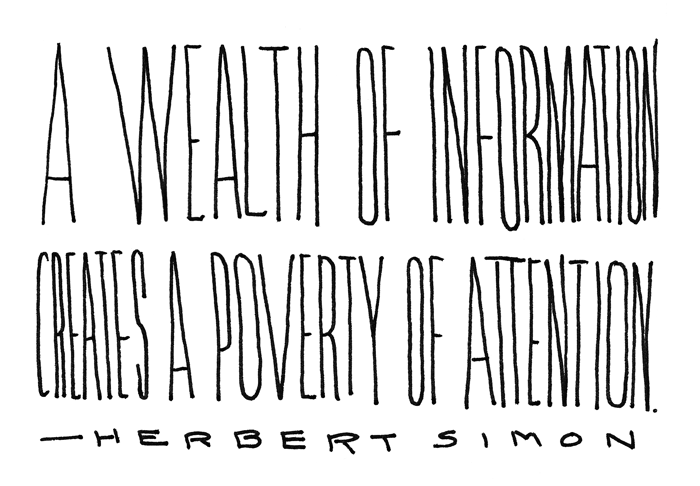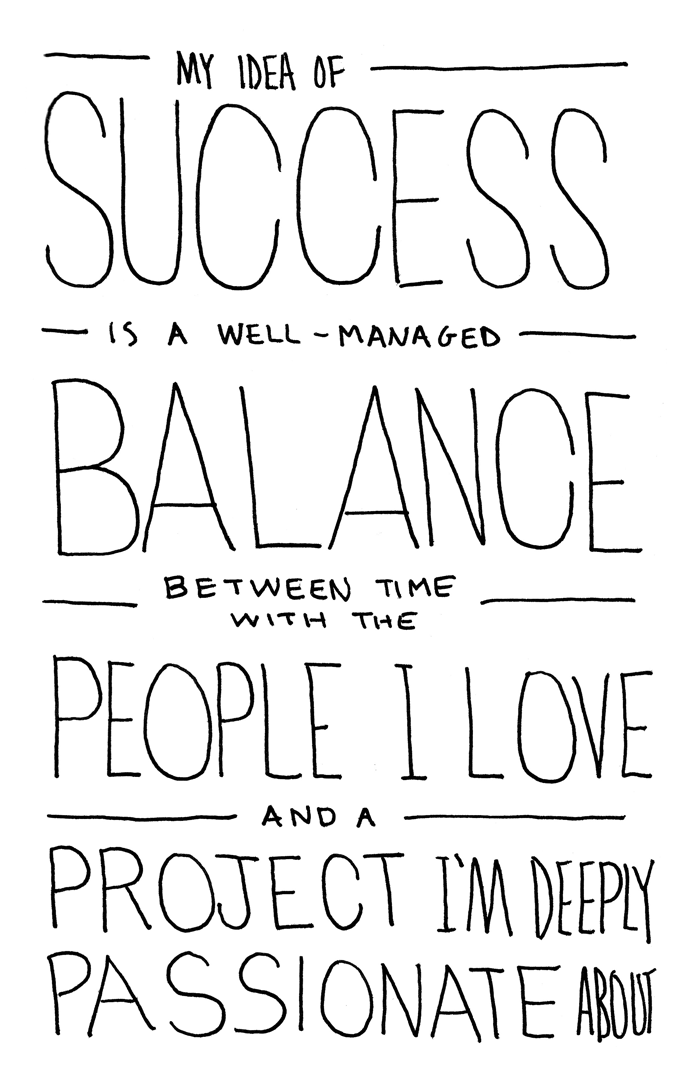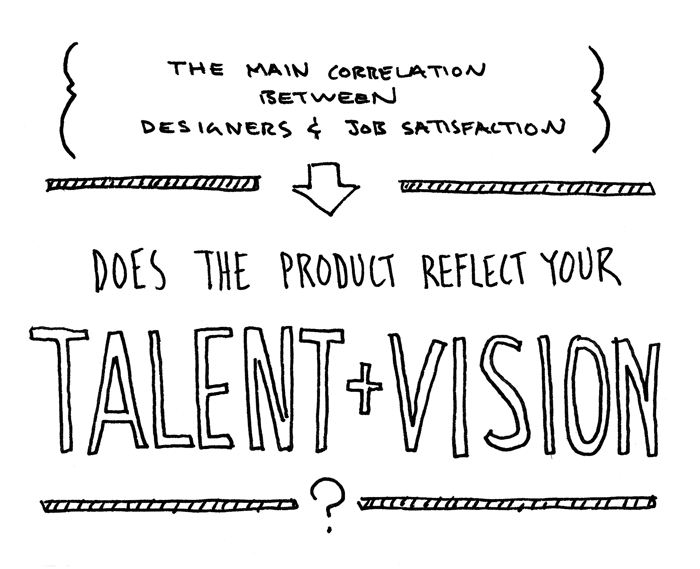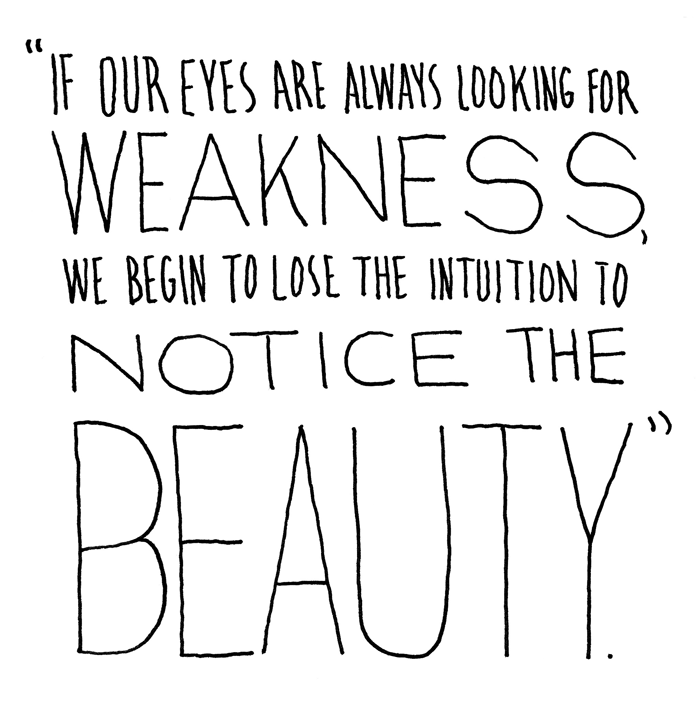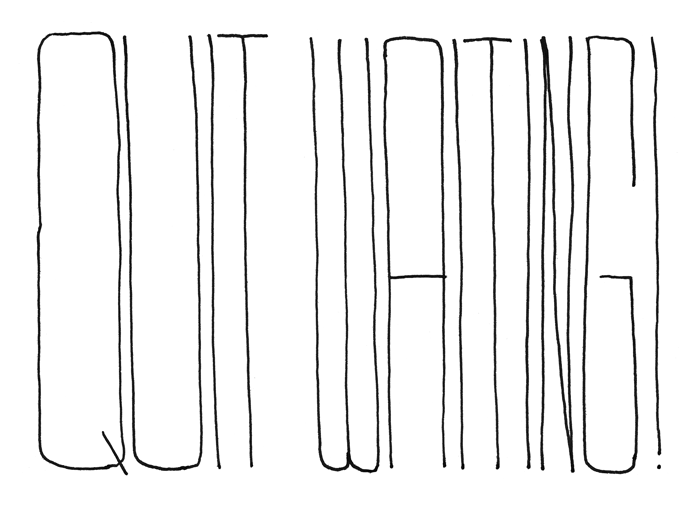I read an article on Medium this week that helped me do something I really needed to do: reduce digital clutter. The article, entitled The Noise of Stuff and written by Mikael Cho, explains “How clutter affects you and what you can do about it.” Much is described about the psychology of clutter, but the first point of application packed the biggest punch: Apply constraints.
Imposing constraints on oneself can be very beneficial, especially creatively. In Cho’s words:
One of the principles of good design is constraints. You can apply this same theory to create a system for mastering consumption.
One of the worst things that can happen to a creative project is to be given no constraints. It may sound like a dream to have no deadline, budget, or creative restrictions. However, such freedom is almost always paralyzing. Without constraints, there’s nothing to push against or work around to stimulate creativity. Without a deadline, there’s no motivation for completion.
The same is true of clutter and consumption. Given the constraint of a small living space, it’s harder to accumulate a lot of clutter because there’s simply no room to store the unessential. Unlike the physical world, however, there are often no practical limits when it comes to digital spaces. This is both a blessing and a curse. It’s great to not have to worry about deleting emails for the sake of having a place to store new ones. The downside comes with the boundless current of digital information.
With the unending flow of great information (articles, videos, tweets, etc), I struggle to balance the time I spend consuming information with my desire to spend time creating. For example, I find myself spending much time reading when, arguably, my time would be better spent actually writing.
Though not a novel idea, Cho’s advice to apply constraints proved quite timely to me personally. It highlighted a growing problem in my digital life. Namely, my personal streams of digital information had become cluttered. Early this year, I intentionally paired down my information diet, but its lean size has slowly grown and become more and more bloated the more time has passed.
The best example is my saved-for-later list in Pocket. It contained over 200 items – a number which was beginning to feel overwhelming. The clutter had reached a tipping point, and negative associations were building in my head about my list. Cho’s advice provided the clarity and inspiration I needed to take action.
Although I had thought in fuzzy terms about limiting items in Pocket, I had never assigned a specific number. Specifity is very important and shouldn’t be underestimated. By setting a real number to each stream of information, the abstract desire to reduce clutter and consumption becomes a concrete reality.
In my case, I decided to set my Pocket limit to 50 – a reduction of over 75%. I combed through my list and deleted or archived the majority of items. This achieved two positive results. One, it ensured that the contents of my Pocket list are truly relevant and interesting. They are the items with the most value, thereby maximizing the time I spend consuming. As a second benefit, I am once more excited and engaged to open Pocket. The negative feeling of clutter has evaporated.
One other line stuck with me from Cho’s article, and it’s helpful to remember when discussing self-imposed limits:
Everyone’s tolerance for clutter is different.
This is so true. I tend to keep a lot of tchotchkes around my workspace. To some, it would appear very cluttered. To me, however, it makes my space feel creative and calm. The same is true of digital clutter. My limit of 50 might feel cluttered to someone else. Conversely, 200 items – which felt very cluttered to me – might be totally okay for a different person.
In addition to Pocket, I also placed specific limits on the number of people I follow on Twitter (50) and the number of rss feeds I follow (30). I hope to reduce these limits incrementally over time. Again, the specificity is most helpful. It’s not possible to continually add without asking the question of what must be taken away. In effect, specific limits ask, “Is this information really worth your time?”

